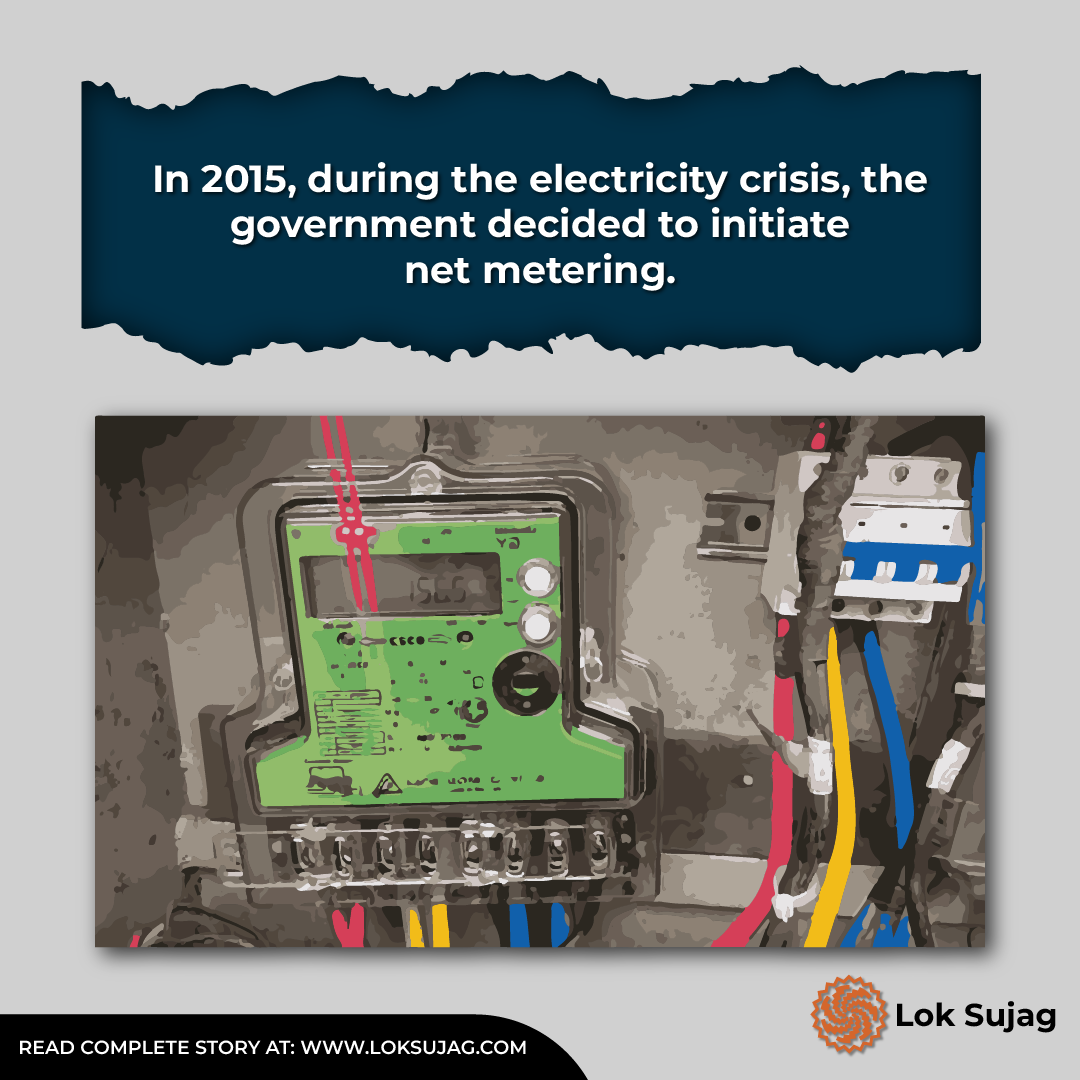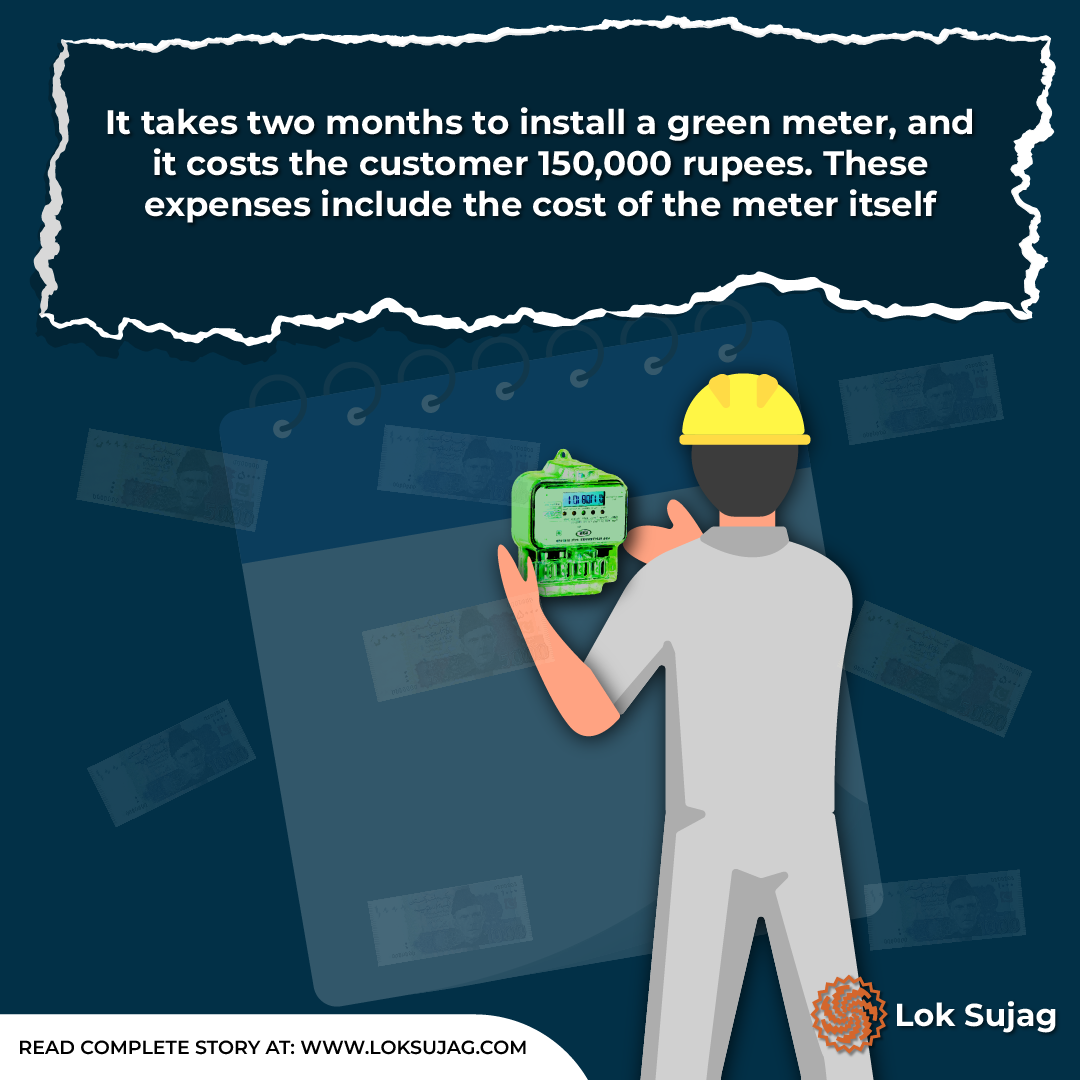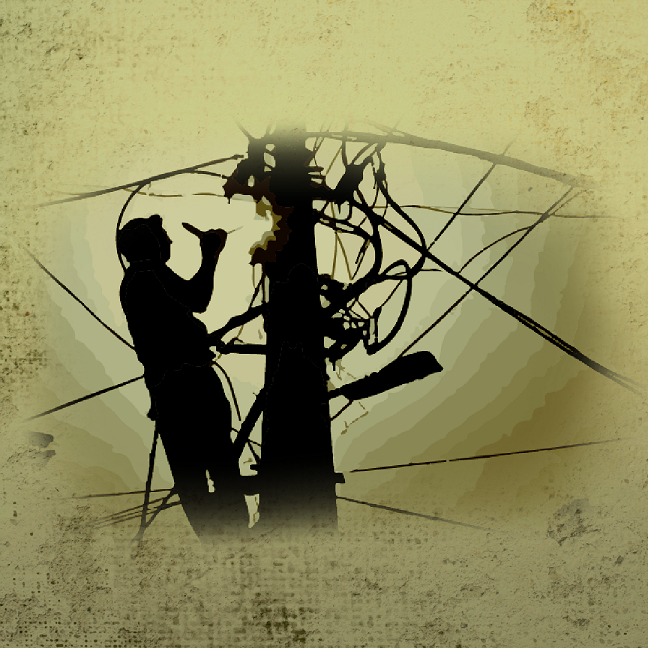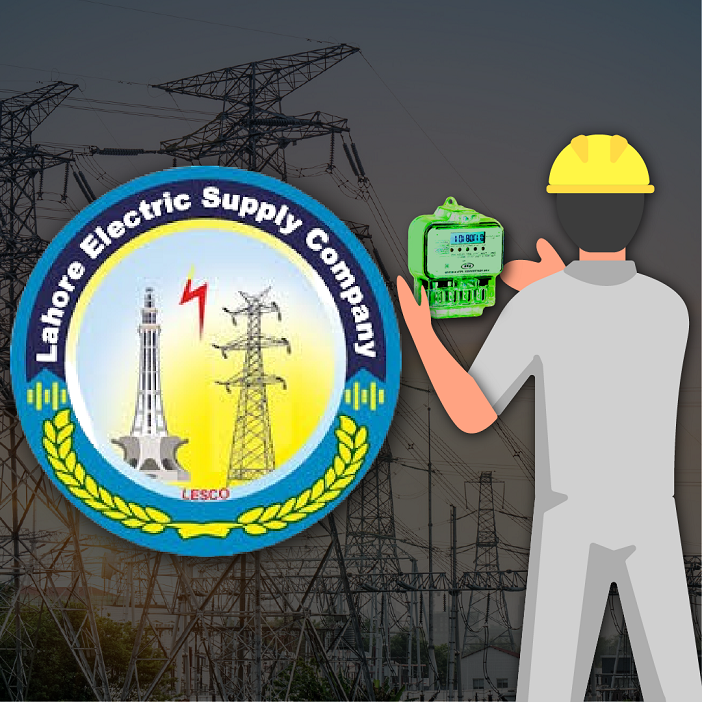As the use of fans and air conditioners increases in summers, the electricity bills rise accordingly. As a result, the trend of installing solar energy systems has increased over the years. Some consumers also give electricity generated through their solar system to electric supply companies.
Maqsood Faridi, a resident of DHA, Lahore, has installed a 10kW solar system in his house. According to him, he installed this system worth Rs1.8m four years back. It runs three inverter air conditioners, 10 fans, an iron, a washing machine and a water motor in his house.
He says he had to pay bills of thousands of rupees as up to 1,000 electricity units were used in his house every month. However, after shifting to the solar system and green meter, the Lahore Electric Supply Company (Lesco) does charge him for more than 200 units. Moreover, he gets zero bill in winters.
“Using less electricity between 11am to 2pm allows us to save more,” says Faridi.
Muhammad Imran, who is associated with the solar systems business in Lahore, explains that consumers have two options for installing solar systems. An ‘off-grid system’ that allows users to store the solar power left in the batteries during the day for use at night. This system is quite expensive and heavy. However, it makes the house self-sufficient in terms of electricity.

“The second one is the ‘on-grid system’ in which the consumer gives the surplus solar power during the day to the DISCOs and takes power from the distribution company at night. For this purpose, the installation of a ‘Green’ or AMI meter becomes essential. This process is known as net metering”.
Imran informs that most people opt for the on-grid systems.
Background and start of net metering
During the power crisis in 2015, the government decided to introduce net metering to engage people in solar energy investment. This move was not only aimed at reducing dependence on expensive thermal power generation and saving foreign exchange but also controlling environmental pollution.
Under the net metering plan, the government also planned that DISCOs will buy additional solar power from the consumers.
To buy solar power from domestic consumers, DISCOs are making them install ‘green meters’ which are two-way meters. They have a system of measuring electricity units coming from the grid to the house and vice versa.
According to the Lesco tariff, the company buys electricity from its customers at Rs19.32 per unit while selling it to them at Rs12.21 to Rs49.10 per unit. However, peak hours rates are different.
Contract with consumers and electricity rates
In September 2015, the federal government issued Nepra (Alternative and Renewable Energy) Distributed Generation and Net Metering Regulations, under clause seven of which the contract period for buying solar power from consumers was initially fixed for three years but this metering project could not be activated.

However, when the Ministry of Energy issued the standard operating procedures (SOPs) for implementation of the net metering project in November 2017, it decided to enter the seven-year contract period with the customers. This decision was based on the quality and the investment prospects of the solar system.
The same notification stated: “Keeping the contract period for three years will not be attractive to the consumer”. Therefore, it allowed the National Electric Power Regulatory Authority (Nepra) to amend clause seven of the net metering regulations.
After these amendments, Nepra fixed the tariff (rate) for electricity purchase from consumers through green meters at Rs9.95 per unit. However, it became Rs19.32 per unit due to the high cost of electricity by July 2022, due to which thousands of people became interested in net metering.
But when the DISCOs and the power ministry pushed to reduce the green meter tariff, Nepra held a public hearing in which consumers and other stakeholders strongly opposed it.
In September 2022, the spokesperson for the Ministry of Energy announced that Nepra is reducing the per unit price of net metering electricity to Rs 9 (the purchase price of which was fixed at Rs9.95 from 2018 to 2021 and Rs12.95 per unit from February 2021 to July 2022).
However, on Feb 13, 2023, Nepra issued its decision on the request for tariff reduction for electricity purchase from green meters. It clarified that consumers will continue to sell additional electricity to DISCOs at Rs19.32 per unit.

This decision along with the increasing cost of electricity encouraged the consumers that significantly increased the demand for green meters with solar systems.
Initially, it was very hard to get green meters but now consumers are allowed to buy meters from the market with ease.
Green meters galore
Lesco Director General Market Implementation and Regulatory Department (MIRAD) Altaf Qadir says that Lesco has completed installation of 60,331 green meters with a capacity of more than 495MW by the end of this February.
He says the consumers supplied 21m electricity units to Lesco in February while the situation remains the same every month. Similarly, the electricity consumption by consumers increases in summer following its increasing production from solar panels.
“Now Lesco has run out of green meters stock due to which we issue only the NOC (no objection certificate) for the meters while consumers can buy their green meters from the market.”
Process of green meter installation
Osama Khan, associated with the solar energy system business in Lahore, says it takes two months to install a green meter and it costs a user Rs150,000. It also includes the meter cost (Rs70,000 to 95,000), depending on its quality.
He says that the actual installation cost of the green meter is Rs120,000 but the raised cost includes the “service charges” of the Lesco staff, i.e. Rs 30,000 for ‘speeding up’ the work.
Also Read

Why are consumers paying for line losses and electricity theft?
Khan says the installation process of the green meter is lengthy. He explains that he prepares a file based on the technical information of the solar system which is submitted to the sub-divisional office (SDO) along with the electricity bill of the consumer.
After the letter issuance, the Lesco team inspects the site and issues the certificate.
According to Osama Khan, a green meter ‘demand notice’ is issued from the sub-division office on the inspection certificate submission. After the collection of this amount, the wait for the meter installation starts, which takes several weeks or even months.
He says that the Lesco staff often creates obstacles by raising objections to the green meter installation, for which the officials have to be bribed. However, the representatives of the solar company do all this and not the consumers.
Green meters to be replaced with ‘modern meters’
According to Lesco DG Altaf Qadir, instead of green meters, modern meters will be installed under the advanced metering infrastructure (AMI) project while the procurement is in progress. Installation of new meters will commence after this process’s completion.
He says there is a proposal to fix an AMI meter price from Rs45,000 to 48,000, and its installation will control electricity theft and overbilling. There will be a separate control room for reading these meters.
According to Lesco sources, the installation procedure of modern EMI meters will be similar to that of green meters and the costs too will be similar.
Published on 6 Apr 2024




















